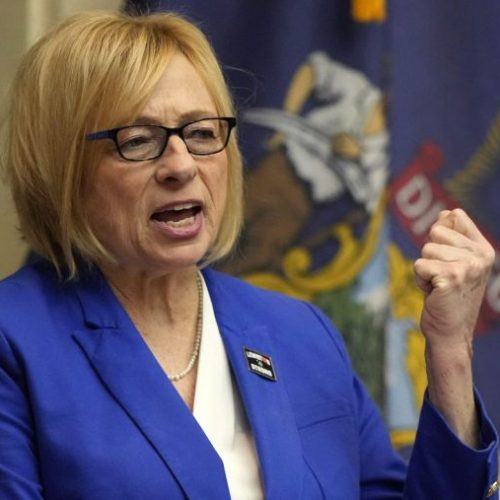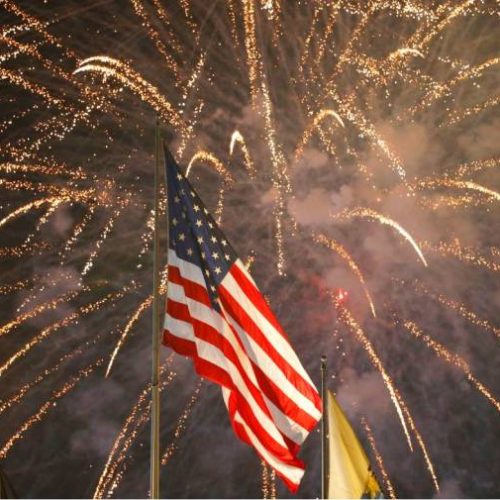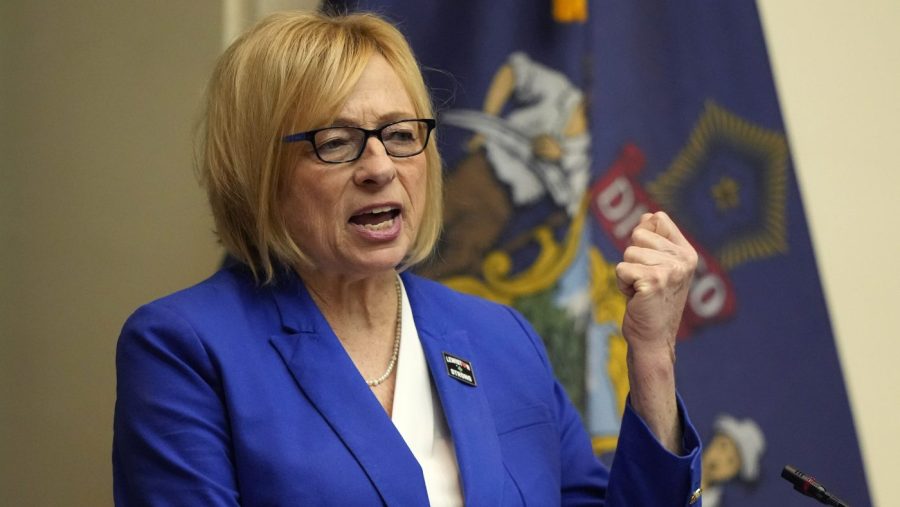Recent polling has highlighted significant challenges for the Democratic Party, prompting Senator Tim Kaine to suggest that Democrats should look to Virginia for potential solutions. Here’s an overview of the situation and its implications:
Current Democratic Party Popularity
The Democratic Party is currently facing its lowest favorability ratings in recent history. According to a Quinnipiac University poll, 57% of registered voters have an unfavorable opinion of the Democratic Party, and only 31% have a favorable opinion. This is the highest unfavorability rating for the party since Quinnipiac began tracking in 2008.
Kaine’s Suggestion: Learn from Virginia
Senator Tim Kaine believes Democrats should study Virginia’s political landscape for insights. Key points include that Virginia has seen recent Democratic successes despite national trends. The state has a competitive gubernatorial race upcoming in 2025. Current polling shows a tight race between Democrat Abigail Spanberger (42%) and Republican Winsome Earle-Sears (41%).
Why This Matters
1. Electoral Implications: The party’s unpopularity could impact future elections, including the 2026 midterms and 2028 presidential race.
2. Policy Agenda: Low favorability may hinder Democrats’ ability to advance their legislative priorities.
3. Party Strategy: This situation may prompt a reassessment of the party’s messaging and policy focus.
Background and Context
The Democratic Party’s struggles come after losing control of the White House and both chambers of Congress in the 2024 elections. Some factors contributing to this decline include economic concerns, with 51% of voters feeling their economic situation has worsened over the last four years. There is a perception of being out of touch, with 58% of Democrats and Democratic-leaning independents believing the party needs major changes or complete reform.
Multiple Perspectives
Democratic View
Some Democrats argue that the party needs to refocus on kitchen-table issues and economic concerns to regain popularity. They point to successes in states like Virginia as potential models.
Republican View
Republicans see the poll numbers as validation of their policy positions and a sign that voters are rejecting Democratic governance. They argue for maintaining their current strategy.
Independent Analysis
Political analysts suggest that both parties face challenges in an increasingly polarized environment. They note that the Republican Party had similarly low favorability ratings during Trump’s first term, indicating the volatile nature of party popularity.
Looking Ahead
As the 2026 midterms approach, Democrats will likely:
1. Reassess their messaging and policy priorities
2. Study successful state-level strategies
3. Work to rebuild their image among key voter demographics
The party’s ability to address these challenges may significantly impact the political landscape in the coming years.









